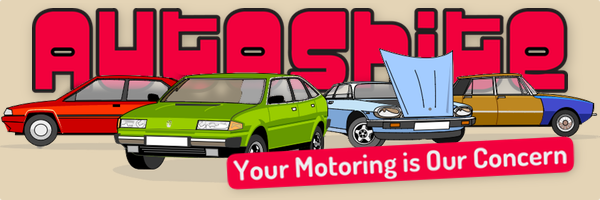Garage Diary : Sunbeam Motorcycle resto's..
-
Similar Content
-
- 152 replies
- 16,646 views
-
Gaffers Discovery Diaries - Hiatus 1 2
By Gaffer,
- 35 replies
- 5,073 views
-
Motorcycle mecca invercargill nz
By hairnet,
- 3 replies
- 577 views
-
- 563 replies
- 61,993 views
-
New garage
By dcd1979,
- 1 reply
- 558 views
-





Recommended Posts
Create an account or sign in to comment
You need to be a member in order to leave a comment
Create an account
Sign up for a new account in our community. It's easy!
Register a new accountSign in
Already have an account? Sign in here.
Sign In Now